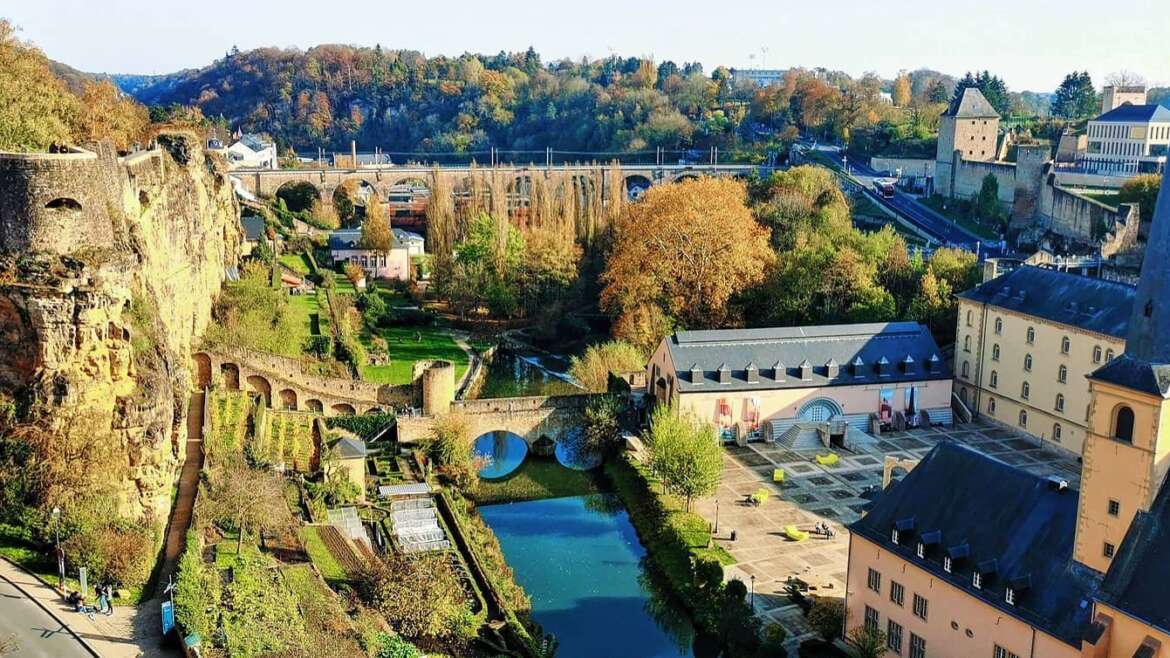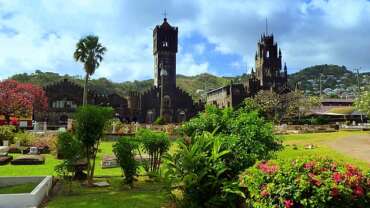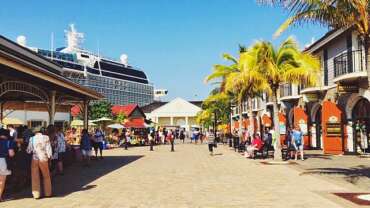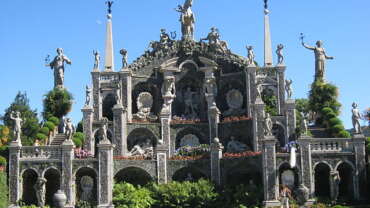Luxembourg - Live your unexpected
Be captivated by a stay in Luxembourg, a cosmopolitan country in the heart of Europe.
Discover a multicultural city, the Grand Duchy of Luxembourg’s capital and seat of many European institutions. Between tradition and modernity, let yourself be surprised by its many tourist places to visit, its UNESCO World Heritage monuments and the numerous museums and squares. Plan your cultural outings with the agenda, full of ideas to complete your stay: festivals, exhibitions, theater.
Nature and sports lovers? Discover the regions around Luxembourg City. Enjoy different landscapes of the nature parks in the Luxembourg Ardennes, but also medieval castles and numerous hiking or mountain biking trails throughout the region… In the south of the country, you will discover the industrial past of the Red Rock region, and its former steel-works sites. Oenophile? Discover the Moselle region with its steep vineyards. Don’t hesitate to stop at a winery for some wine tasting.
History of Luxembourg
Ancient and medieval periods
The earliest human remains found in present-day Luxembourg date from about 5140 BCE, but little is known about the people who first populated the area. Two Belgic tribes, the Treveri and Mediomatrici, inhabited the country from about 450 BCE until the Roman conquest of 53 BCE. The occupation of the country by the Franks in the 5th century CE marked the beginning of the Middle Ages in the locality. St. Willibrord played a very important role in the area’s Christianization in the late 7th century. He founded the Benedictine abbey of Echternach, which became an important cultural centre for the region.
The area successively formed part of the Frankish kingdom of Austrasia, of the Holy Roman Empire under Charlemagne and Louis I (the Pious), and then of the kingdom of Lotharingia. Luxembourg became an independent entity in 963, when Siegfried, count de Ardennes, exchanged his lands for a small but strategically placed Roman castle lying along the Alzette River. This castle became the cradle of Luxembourg, whose name is itself derived from that of the castle, Lucilinburhuc (“Little Fortress”). Siegfried’s successors enlarged their possessions by conquests, treaties, marriages, and inheritances. About 1060 Conrad, a descendant of Siegfried, became the first to take the title of count of Luxembourg. Conrad’s great-granddaughter, Countess Ermesinde, was a notable ruler whose great-grandson, Henry IV, became Holy Roman emperor as Henry VII in 1308. This Luxembourg dynasty was continued on the imperial throne in the persons of Charles IV, Wenceslas, and Sigismund. In 1354 the emperor Charles IV made the county a duchy. In 1443 Elizabeth of Görlitz, duchess of Luxembourg and niece of the Holy Roman emperor Sigismund, was forced to cede the duchy to Philip III (the Good), duke of Burgundy.
Habsburg and French domination
Along with the rest of the Burgundian inheritance, the duchy of Luxembourg passed to the Habsburgs in 1477. The division of the Habsburg territories in 1555–56 following Emperor Charles V’s abdication put the duchy in the possession of the Spanish Habsburgs. Luxembourg took no part in the revolt of the Low Countries against Philip II of Spain; it was to remain with what is now Belgium as part of the Spanish Netherlands.
The duchy was able to remain aloof from the Thirty Years’ War (1618–48) for a time, but in 1635, when France became involved, a period of disaster began in Luxembourg, which was wracked by war, famine, and epidemics. Moreover, the war did not end for Luxembourg with the Peace of Westphalia in 1648 but only with the Treaty of the Pyrenees in 1659. In 1679 France under Louis XIV began to conquer parts of the duchy, and in 1684 the conquest was completed with the capture of Luxembourg city. France restored Luxembourg to Spain in 1697, however, under the terms of the Treaties of Rijswijk. At the conclusion of the War of the Spanish Succession, by the treaties of Utrecht and Rastatt (1713–14), Luxembourg (along with Belgium) passed from the Spanish to the Austrian Habsburgs.
In 1795, six years after the beginning of the French Revolution, Luxembourg came under the rule of the French again. The old duchy was divided among three départements, the constitution of the Directory was imposed, and a modern state bureaucracy was introduced. The Luxembourg peasantry was hostile toward the French government’s anticlerical measures, however, and the introduction of compulsory military service in France in 1798 provoked a rebellion, the Klëppelkrich (Klöppelkrieg), in Luxembourg that was brutally suppressed.
Personal union with the Netherlands
French domination ended with the fall of Napoleon in 1814, and the allied powers decided the future of Luxembourg at the Congress of Vienna in 1815. The congress raised Luxembourg to the status of a grand duchy and gave it to William I, prince of Orange-Nassau and king of the Netherlands. William obtained a Luxembourg that was considerably diminished, since those of its districts lying east of the Our, Sûre, and Moselle rivers had been ceded to Prussia. The status of the grand duchy during this period was complex: Luxembourg had the legal position of an independent state and was united with the Netherlands only because it was a personal possession of William I. But Luxembourg was also included within the German Confederation, and a Prussian military garrison was housed in the capital city.
The standard of living of Luxembourg’s citizens deteriorated during this period. Under Austrian rule, and especially from 1735 on, the duchy had experienced an economic expansion. From 1816–17 on, however, William I ignored the duchy’s sovereignty, treating Luxembourg as a conquered country and subjecting it to heavy taxes. Consequently, it was not surprising that Luxembourg supported the Belgian revolution against William in 1830, and, in October of that year, the Belgian government announced that the grand duchy was a part of Belgium, while William still claimed the duchy as his own. In 1831 the great powers (France, Britain, Prussia, Russia, and Austria) decided that Luxembourg had to remain in William I’s possession and form part of the German Confederation. Moreover, the great powers allotted the French-speaking part of the duchy to Belgium (in which it became a province called Luxembourg), while William I was allowed to retain the Luxembourgish-speaking part. Belgium accepted this arrangement but William I rejected it, only to subsequently accede to the arrangement in 1839. From that year until 1867, the duchy was administered autonomously from the Netherlands.
Independent Luxembourg
William I negotiated a customs union for Luxembourg with Prussia, and his successor, William II, ratified this treaty in 1842. Against its own will, Luxembourg had thus entered into the Prussian-led Zollverein (“Customs Union”), but the grand duchy soon realized the advantages of this economic union. Luxembourg subsequently developed from an agricultural country into an industrial one. Its road network was extended and improved, and two railway companies were begun that formed the basis for the national railway company founded in 1946.
The restricted constitution that William II enacted for Luxembourg in 1841 did not meet the political expectations of its citizens. The Revolution of 1848 in Paris had its influence on the grand duchy, and William II that year enacted a new and more liberal constitution, which was in turn replaced by another constitution in 1856. In 1866 the German Confederation was dissolved, and Luxembourg became an entirely sovereign nation, though the Prussian garrison remained in the capital. Napoleon III of France then tried to purchase the grand duchy from William III. The two rulers had already agreed on the sum of five million florins when William III backed out because the Prussian chancellor, Otto von Bismarck, disapproved of the sale. The great powers soon came to a compromise (London; May 11, 1867): Prussia had to withdraw its garrison from the capital, the fort would be dismantled, and Luxembourg would become an independent nation. The grand duchy’s perpetual neutrality was guaranteed by the great powers, and its sovereignty was vested in the house of Nassau.
On the death of William III of the Netherlands in 1890 without a male heir, the grand duchy passed to Adolf, duke of Nassau (died 1905), who was succeeded by his son William (died 1912). Neither Adolf nor William interfered much in Luxembourg’s government, but William’s daughter, the grand duchess Marie Adélaïde, was more assertive and eventually became highly unpopular with the people. In 1914 the neutrality of Luxembourg was violated by Germany, which occupied the grand duchy until the Armistice of 1918. During the war, Marie Adélaïde had tolerated the illegal German occupation, for which she was criticized by the Allied powers after the liberation. Marie Adélaïde was forced to abdicate in favour of her sister Charlotte in 1919. In a referendum a few months later, the public voted overwhelmingly against the establishment of a republic and in favour of retaining Charlotte as grand duchess.
People of Luxembourg
Ethnic groups, languages, and religion
Luxembourg has been one of the historic crossroads of Europe, and myriad peoples have left their bloodlines as well as their cultural imprints on the grand duchy. The Celts, the Belgic peoples known as the Treveri, the Ligurians and Romans from Italy, and especially the Franks were most influential. The language spoken by Luxembourg’s native inhabitants is Luxembourgish, or Lëtzebuergesch, a Moselle-Franconian dialect of German that has been enriched by many French words and phrases. Luxembourgish is the national language; German and French are both languages of administration. There is a strong sense of national identity among Luxembourgers despite the prevalence of foreign influences. The great majority of Luxembourg’s native citizens are Roman Catholic, with a small number of Protestants (mainly Lutherans), Jews, and Muslims.
Luxembourg has a high proportion of foreigners living within its borders. This is chiefly the result of an extremely low birth rate among native Luxembourgers, which has led to a chronic labour shortage. Nearly half of the total population is of foreign birth and consists mainly of Portuguese, French, Italians, Belgians, and Germans. Among the foreign workers are many in the iron and steel industry, and numerous others work in foreign firms and international organizations located in the capital.
Cultural Life of Luxembourg
The major cultural institution of Luxembourg is the Grand Ducal Institute, which has sections devoted to history, science, medicine, languages and folklore, arts and literature, and moral and political sciences. It functions as an active promoter of the arts, humanities, and general culture rather than as a conservator. The Luxembourg National Museum (formally the National Museum of History and Art) surveys fine arts and industrial arts as well as the history of Luxembourg. Other prominent museums include the Villa Vauban–Museum of the Art of the City of Luxembourg, MUDAM Luxembourg (Grand Duke Jean Museum of Modern Art), the Museum of the History of the City of Luxembourg, and the National Museum of Natural History. There is considerable public use of the National Library, the National Archives, and the Music Conservatory of the City of Luxembourg.
The grand duchy also maintains cultural agreements with several European and other nations that provide it with the finest in the musical and theatrical arts. The Philharmonic Orchestra of Luxembourg (which was known as the Grand Orchestra of Radiotelevision Luxembourg before it came under government administration in 1996) is considered outstanding. There is an extensive market in Luxembourg city for works of painting and sculpture, both traditional and modern. The grand duchy’s architectural heritage extends through practically the entire span of Europe’s recorded history, from ancient Gallo-Roman villas to medieval castles, Gothic and Baroque churches, and contemporary buildings.
A small publishing industry exists, printing literary works in French, German, and Luxembourgish. The grand duchy’s newspapers express diverse political points of view—conservative, liberal, socialist, and communist. Luxembourg’s influence is felt far beyond its borders through the medium of the RTL (Radio-Television-Luxembourg) Group. The group’s early English-language radio service, Radio Luxembourg, played an important role in the history of rock music when it operated as Europe’s premier broadcaster of rhythm and blues and early rock and roll from the United States in the 1950s.
LUXEMBOURG - THE CAPITAL CITY
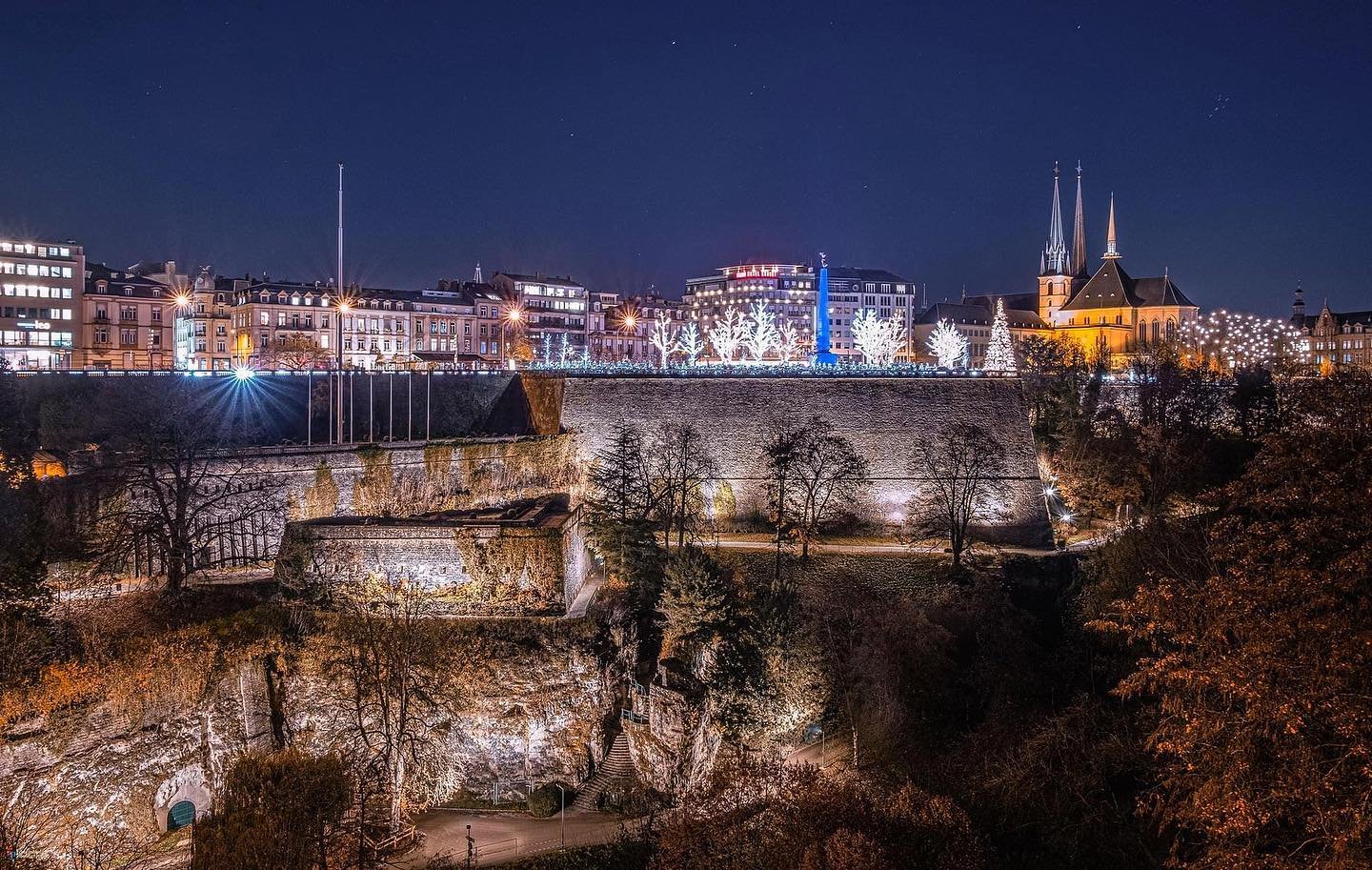
Discover Luxembourg City through the ages by exploring its architectural landscape from the historical city to the modern business centres.
Luxembourg City is a lively and bustling capital with a lot of great touristic attractions to visit and a multitude of things to do. As a cultural platform, it abounds in venues for artistic expression, such as museums, theatres and concert halls. The cultural offer that makes up Luxembourg is representative of its city dwellers: multilingual, multicultural, creative and eclectic. Indeed, the centre region of the country is home to nearly 170 different nationalities that have chosen to live in or next to a capital at the heart of action.



